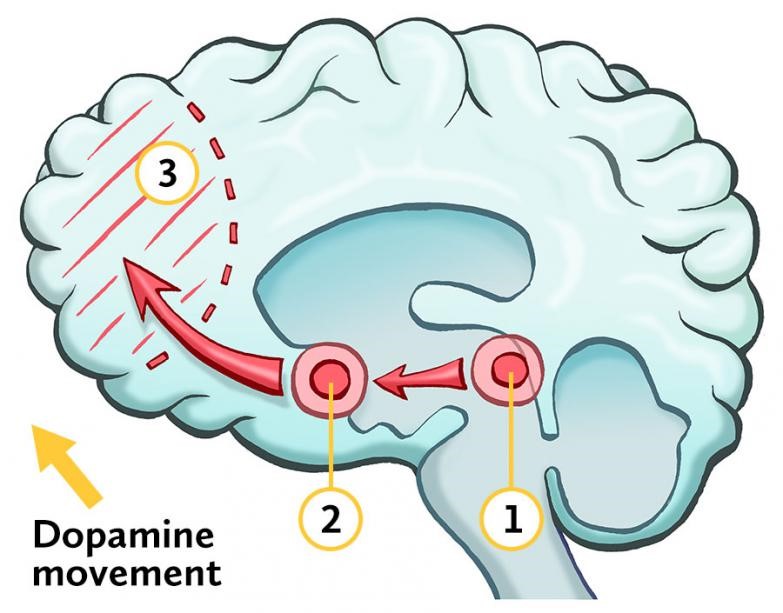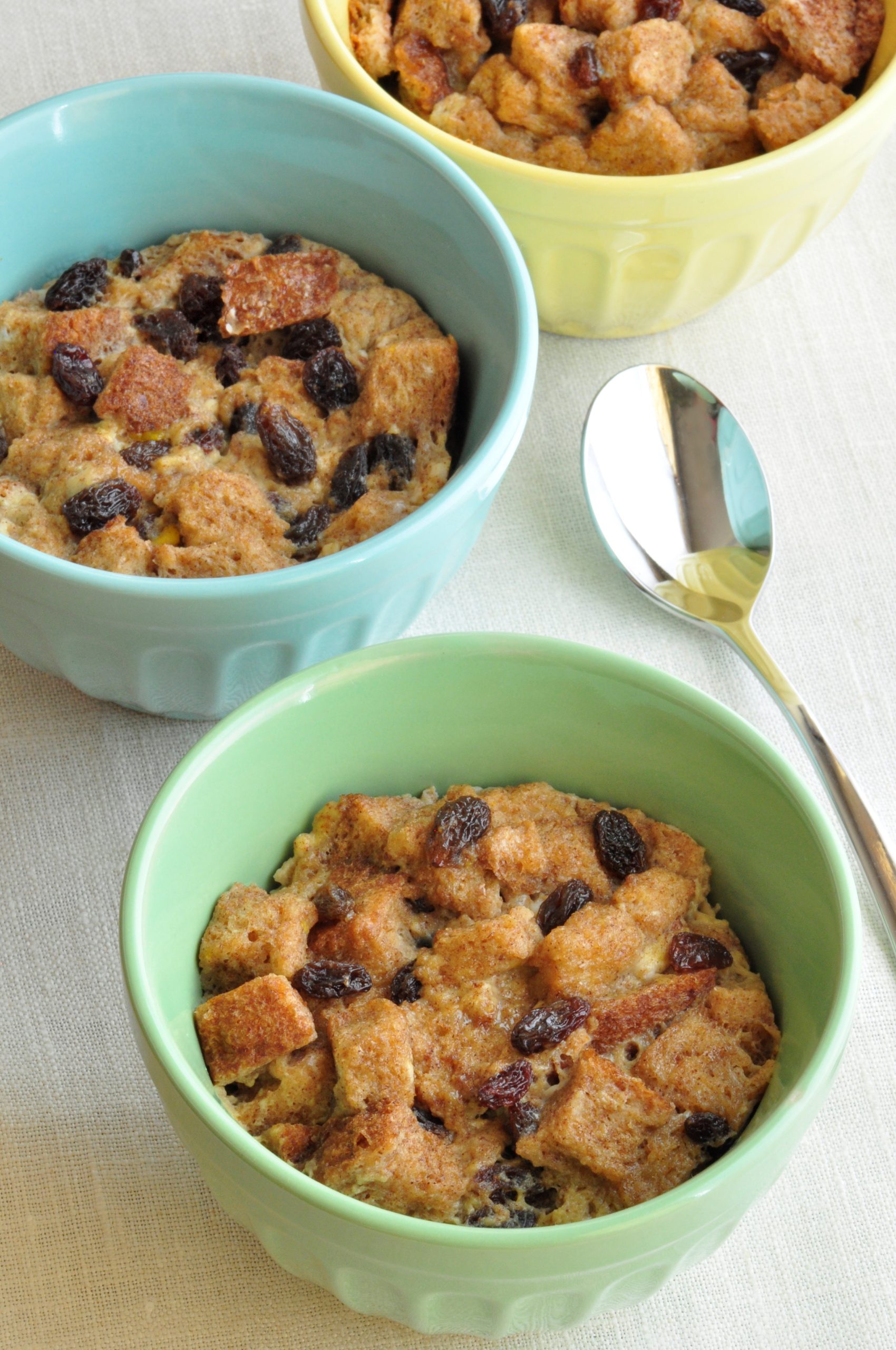
by Michelle | Jan 3, 2019 | Being Well
The Gift of Resiliency: Protecting a Growing Brain
By DeAnna Pearl, M.A.T, B.S., Certified Prevention Specialist, SOS Tillamook – Prevention, Tillamook Family Counseling Center
What does it take to build resiliency in ourselves? What is resiliency? The definition is the ability to overcome challenges of all kinds–trauma, tragedy, personal crises, plain ole life problems–and bounce back stronger, wiser, and more personally powerful.
It’s important because this is what we need to do when faced with life’s inevitable difficulties. AND it’s important because there is a growing social science research showing that you can bounce back, even from a lifetime of “risk factors” or very painful trauma or tragedy, and how you help those you care about bounce back.
However, it takes clear steps to create a safe and healthy community. There is a reason for age restrictions for legal use of alcohol, marijuana, tobacco, gambling, etc. The brain has not fully developed its regulatory system (frontal lobe) until the average age of 23. The resiliency factors that a community can provide greatly impact the access and exposure to risk factors during the most formable brain growing years, ages 0-24. The use of drugs and alcohol at an early age can hardwire the brain and can lead to abuse and addiction.
The simple act of reducing the normalization of use, abuse and addiction is a protective factor. Example, not providing scratch-it tickets in Christmas stockings reduces the potential brain pathways that can lead to highs and lows of gambling. Disallowing the casual use of alcohol under adult “supervision.” The brain makes connections with all of these experiences which can actually hard-wire it for future use, abuse and addiction.
Until the average age of 23, the brain is especially focused on seeking fun and easy entertainment. It first routes decision making through the (1) emotion center (amygdala) resulting in fight, flight, freeze or “freak out” responses. The dopamine, “feel good” chemical, quickly rewards the (2) pleasure center (nucleus accumbens) which then sends a signal to the (3) frontal lobe (where decisions and judgments are made) causing a reaction. Note: This is the last part of the brain to fully mature and does not have full facility to reason consequences or control impulses.
Continuous exposure to quick fixes such as gambling, drugs, alcohol, marijuana, opioids, sex and violence, means greater potential to be hard wired for external stimuli thus causing the potential cycle of addiction.
Can individuals learn to be more resilient, or are some just born with the ability to bounce back from adversity? Both! Research suggests that human beings are born with an innate self-righting ability, which can be helped or hindered. The findings are fueling a major shift in thinking about human development. Instead of obsessing about problems and weaknesses (splat factor) we are beginning to recognize “the power of the positive” (bounce factor). Identifying and building individual and environmental strengths better support helping people overcome difficulties, achieve happiness, and attain life success.

by Michelle | Dec 28, 2018 | Being Well
By DeAnna Pearl, M.A.T, B.S., Certified Prevention Specialist, SOS Tillamook – Prevention, Tillamook Family Counseling Center
Children represent a quarter of our population and informing them about safety and preparedness is an integral part of our community’s resiliency. Youth are strong and resilient in the face of disasters, often adapting to stresses that weaken most adults, and yet they are incredibly vulnerable. Young children, in particular, are completely dependent upon many systems in their lives for their survival: their parents, their broader families and communities, the institutions and organizations that care for them and teach them, and officials and policy-makers who shape their environment.
With this in mind, SOS Tillamook and Garibaldi Elementary School teamed up to bring a specific focus for October’s Red Ribbon Week (RRW.) RRW is a week of awareness for youth focusing on drug and alcohol prevention. However, “We need to move beyond just saying ‘no,’” comments DeAnna Pearl, SOS Tillamook Program Manager. “We need to help students learn about why we say ‘no’ and how it can protect one of the most valuable organs in our body, our brain.” By protecting our brains, we have a better chance of being safe and growing to our potential.
DeAnna visited GES 4/5th grade classrooms to talk about safety, how it works, and why we have rules. One question led to another. DeAnna, “How does walking on the sidewalk keep our brains safe?” Reply, “So we don’t get hit by a car!” DeAnna, “How do we keep our brains safe when we are sad? “Reply, we talk to a friend or adult.” DeAnna, “How do we keep our brains safe on the beach?” Reply, “Watch out for sneaker waves and don’t turn your back on the ocean.” DeAnna, “How do we keep brains safe from drugs or alcohol?” Reply, “Say no thanks, I got to feed the alligator in my back yard!” One of the best responses over the three days: “I didn’t know that there is a reason for rules.”
With this theme in mind, SOS Tillamook invited all GES 4-5th grade students to submit a picture depicting what being safe looks like for entry into the 2019 SOS Tillamook Calendar. The theme of the calendar is, “Prevention is Intention: Preparedness and Safety.” Of the artwork submissions, 20 were chosen as finalists. On Nov.15th at the GES Family Night, the final selections were displayed so attendees could vote on their favorite. The winning artists receives a certificate and recognition.
Watch your mailbox for the 2019 “Prevention is Intention – Building Safety Resiliency in Our Community” SOS Tillamook calendar featuring drawings from Garibaldi Grade School students about how to be safe. Other features include safety and preparedness information and community resources.
To find more information on kids and family emergency preparedness go to https://www.ready.gov/kids.
For more information on prevention, contact DeAnna Pearl, (503) 815 5426 or DeAnnaP@tfcc.org.

by Michelle | Dec 20, 2018 | Recipes
By Dana Zia
December is bake till you pop month. We all know this. Visions of sugar cookies begin to dance in our heads and brainwash us into baking not just two dozen of them, but 6 or 10 dozen of them to spread the cheer. (Or the waist lines.) In my experience, it is very difficult to avoid all the Christmas cookies and other delights, but there is a way to mitigate the spread by baking lighter and with healthier ingredients.
First off, let’s debunk a myth that can be restricting when you start to experiment with changing your favorite recipes — baking is not an exact science. I know, I know, we’ve all heard how you must be precise in your baking but, I’m here to tell you, I am a first class experimenter on baked goods and rarely do they totally bomb. Ok, now that we have that cleared up, let’s get experimenting!
One of my favorite simple ways to make a healthier baked good is to replace white flour with whole wheat pastry flour. It will make a slightly chewier cookie that has a bit of a nutty flavor but I personally like that better. Whole wheat pastry flour is milled from soft white wheat so has a tender crumb, whereas regular whole wheat flour is milled from hard red wheat. Whole Wheat Pastry Flour is a good source of dietary fiber; 28 grams (1 ounce) provides 4 grams of fiber per serving and white flour provides only 1 gram. I also like to add 1/4 cup of flax seed meal or wheat germ and reduce the flour by that same amount for even more fiber. Now that we have more fiber, let’s tackle the fat in baked goods.
Most cookies are high in saturated fats with all that jolly butter that they are baked with. It is very easy to reduce that by replacing half the butter with heart healthy light tasting olive or avocado oil to lower the saturated fat content. Neither you nor Santa will notice the difference.
Another option that works great is to replace half the butter with a fruit puree like apple or pear butter. This makes for a moist and tasty cookie but you will see a difference in the oven, they don’t flatten on their own while baking. To fix this, all you have to do is to squash them with the palm of your hand before baking them. (If you lightly wet your palm before doing it the cookie dough won’t stick to your hand.) Fruit puree replacement lends itself more to cakes, muffins and drop cookies but not so much to cut out cookies.
The last tip I’ll leave you with is simple but effective; make your cookies smaller. We are so use to having HUGE cookies served to us that small cookies seem like a rip-off. Adjust your mind set and cut calories by a remarkable amount just by reducing the size of your cookie. I bought a little mini ice cream scoop and use that size when baking so I keep them small. If you are making cut out cookies, use the smallest cookie cutters you have to limit size.
Here is my favorite light sugar cookie recipe that is delicate of flavor and texture. They tend to puff up a bit when cooking so will be a little different when baking but they are so worth it. Have a very merry cookie season
Light and Lemony Sugar Cookies
Adapted from Cooking light
1 cup of sugar
1/4 cup of butter, softened
1/4 cup of light cream cheese, softened
1 large fresh egg
1/2 of a lemon’s zest
1 teaspoon of vanilla extract
2 cups of whole wheat pastry flour
1/4 cup of wheat germ or flax seed meal
1 teaspoon of baking powder
1/2 teaspoon of baking soda
1/2 teaspoon of salt
First, play your favorite holiday music. (Very important!)
Beat the sugar, butter and cream cheese with mixer till soft and fluffy, then add the egg and beat some more. Next add the lemon zest, and vanilla and mix till well blended.http://tillamookcountyhealthmatters.org/wp-admin/post.php?post=17049&action=trash&_wpnonce=ba4f88b76d
In another bowl, mix all the dry ingredients together with a wire whisk till happily combined. Add the dry ingredients together with the sugary ingredients and stir together, by hand or blender, till the dough is well formed. Shape the dough into two disks and tuck in the fridge for a few hours or preferably overnight, to firm up.
When you are ready for the magical cookie making time, preheat your oven to 400 degrees. Roll out one disk on a floured board or between two sheets of wax paper, till about a ¼ inch thick. Cut cookies out with your favorite cookie cutters and place on a lightly oiled cookie sheet. Bake for about 8 to 10 minutes till they are golden brown around the edges and the center is set. Don’t move the cookies for a few minutes while they set, they tend to be a bit fragile when hot. Decorate with icing and festive sprinkles.
Lemon icing
2 cups of powdered sugar
1 tablespoon of low fat milk
1 tablespoon of fresh lemon juice
1 tablespoon of lemon zest
1/2 teaspoon of vanilla
Christmas Sprinkles!
Stir all the above ingredients together in a small pretty bowl till well blended. If it seems a bit thick, add a bit more lemon juice till you get the consistency that you want. Spread the icing on cooled cookies or squeeze through a pastry bag or a small zip lock bag, with a tiny corner cut off. Dust the cookies with your sprinkles immediately so they will stick. Ho Ho Ho!
Nutritional information if you make 20 cookies with icing; calories 125 , fat 3.5 grams, fiber, 2 grams.

by Michelle | Dec 20, 2018 | Being Well
By Terra Marzano, LCSW, Rinehart Clinic
During the holidays, much of what we see in movies and on TV paints a picture of family togetherness. Scenes of a mom welcoming her son into her house or a family lighting their Menorah together remind us that holidays are spent with family. While close relationships exist in some families, for many of us the winter season is one of emotional strain, where the year-round grief of family estrangement is even sharper.
Family estrangement refers to the loss of relationship between family members, often to the extent that there is little or no communication between those involved. Estrangement can include emotional distance and/or physical distance. It can happen slowly over a number of years, or following a specific event. Sometimes the distance is temporary, sometimes it lasts a lifetime. Estrangement generally impacts all family members.
Though often difficult for all involved, emotional and physical distance can also be healthy. For those who have experienced family abuse, choosing to distance oneself can be a freeing and loving act. As painful as it may be, estrangement can allow for healing and recovery in challenging family relationships and pave the way for improved wellbeing.
If you are estranged from family members this holiday season, there are a number of things to consider, including:
- You aren’t alone. It is a myth that estrangement is unusual. The fact is, the more we talk about estrangement the more we realize how common it is. As we share our experience of estrangement, we understand how widespread it is and begin feeling less alone.
- Serving others helps everyone. Sharing yourself through volunteering can bring new meaning to your holiday season. Food banks, animal shelters, care centers and meal sites are ways to give to your community and be connected to the people around you.
- Friends can be family, too. Good friends can play the role of family — sometimes even better than blood relatives. It’s valid for the people you’re closest to, the ones who do the behaviors of family, to be family. You can choose your friends and your family.
- Support is available. Many people who experience estrangement find relief in talking with a therapist or counselor, someone unrelated to your or your family who is invested in your wellness. Your primary care provider can be a good starting point for resources in your area.
Given how common we know family estrangement to be, if you happen to enjoy close relationships with family, please be gentle with those around you who may be having a more challenging holiday season. Now is an especially sensitive time of year, let’s all be good to one another as we bring the spirit of the season to life.

by Michelle | Dec 14, 2018 | Recipes
Recipe Source: Recipe and photo from www.FoodHero.org
Number of servings: 6
Time for preparation (including preparation and cooking): 15 min
Ingredients:
1 Tablespoon butter or margarine
3 slices whole grain bread
1⁄2 cup packed brown sugar
1⁄2 cup raisins
3 eggs, slightly beaten
1 1⁄4 cups nonfat or 1% milk
1 teaspoon cinnamon
1⁄4 teaspoon salt
1 teaspoon vanilla
Directions
- Butter bread and cut into small cubes.
- Combine buttered and cubed bread, brown sugar and raisins in a one-quart microwave safe dish.
- In a microwave safe bowl or measuring cup, blend together the eggs, milk, cinnamon, salt, and vanilla.
- Heat on high for 2-3 minutes until hot, but not boiling.
- Pour over bread mixture and lightly blend together.
- Microwave uncovered at 50% power for 5-8 minutes, or until edges are firm and the center is almost set.
- Let rest for 10 minutes before serving.
- Refrigerate leftovers within 2 hours.
Notes
- Serve with low-fat vanilla or lemon yogurt.





